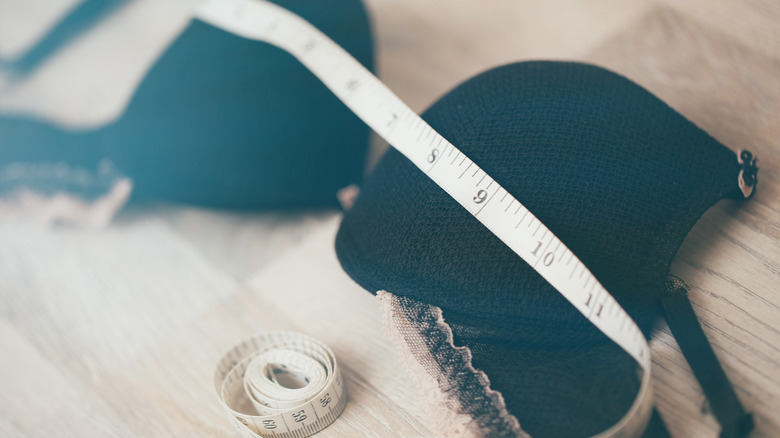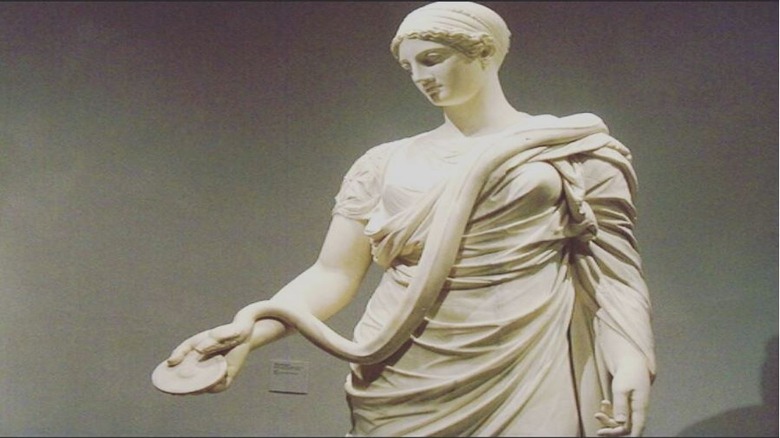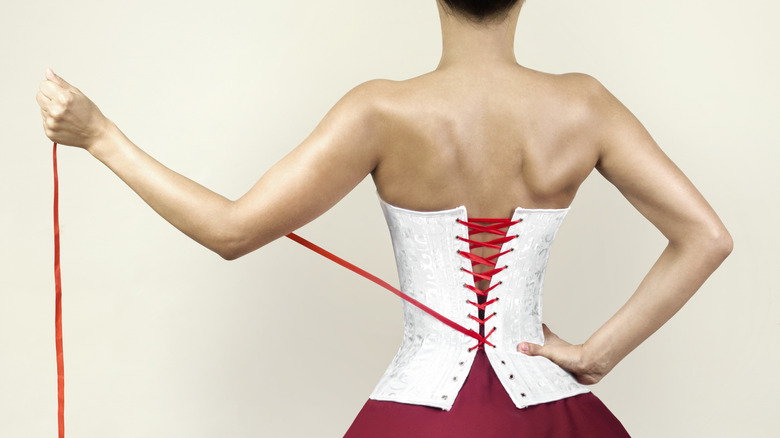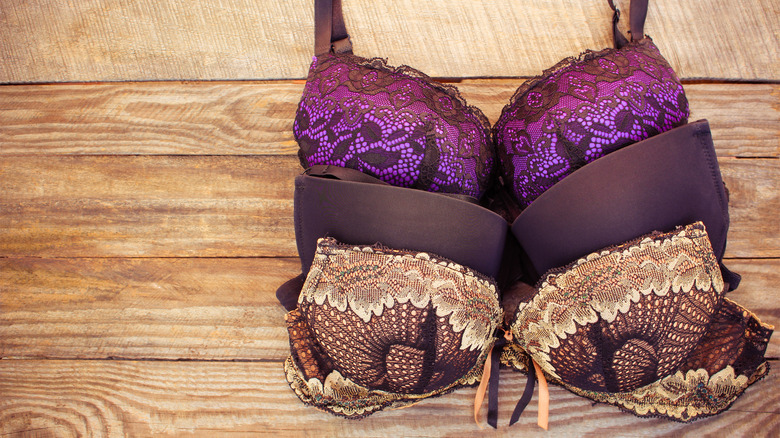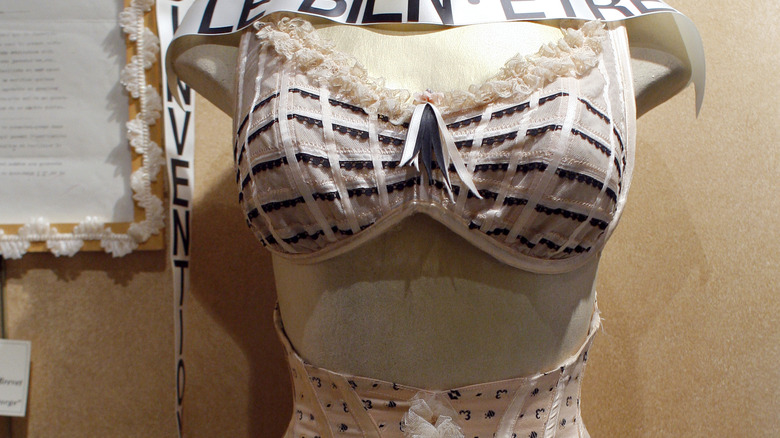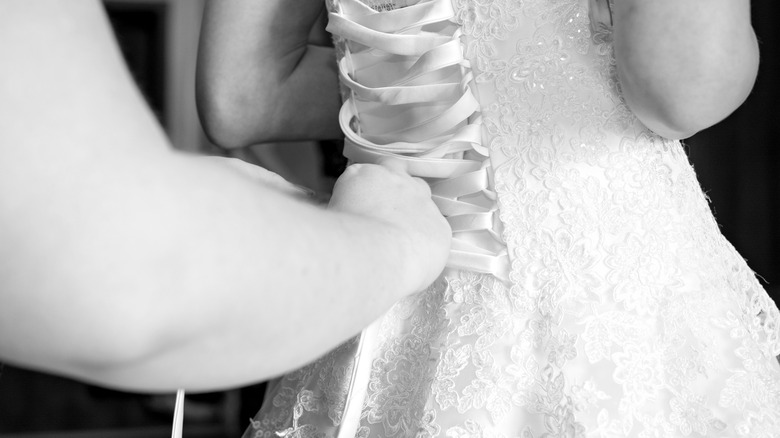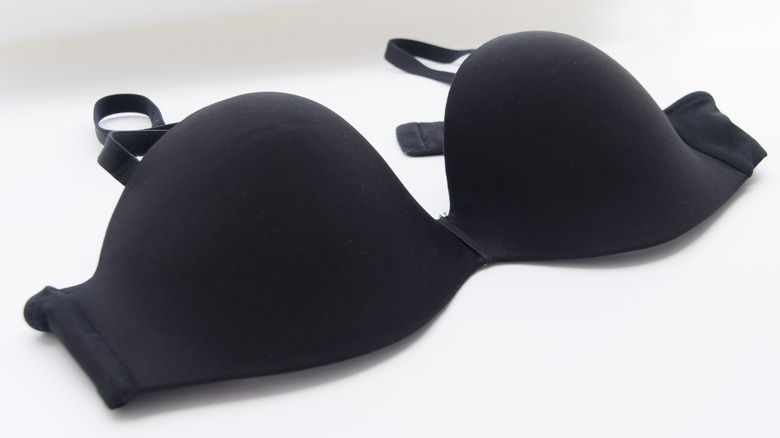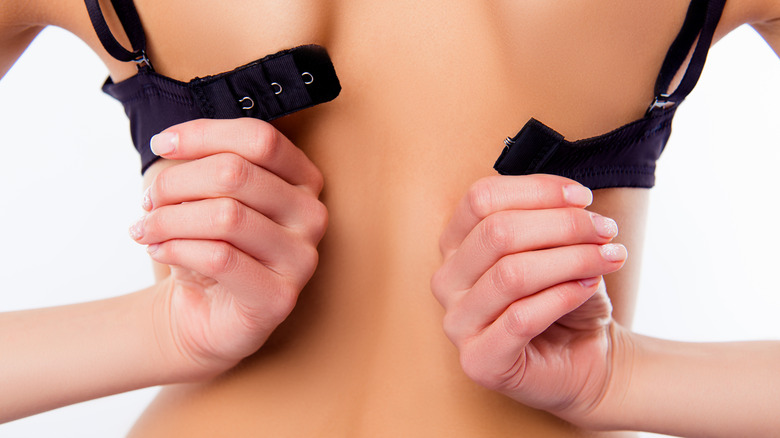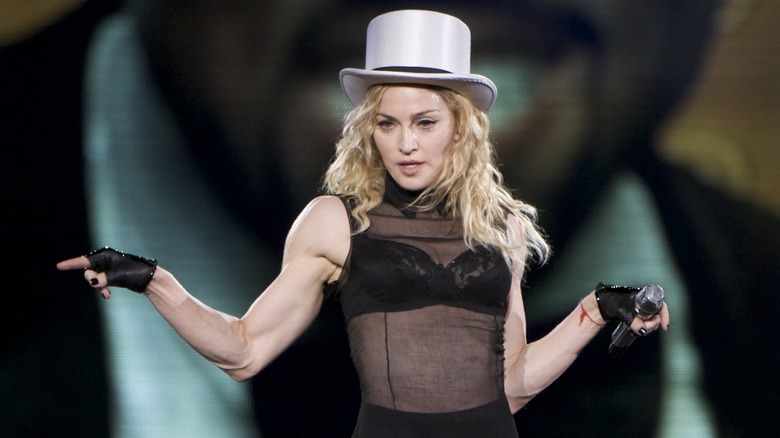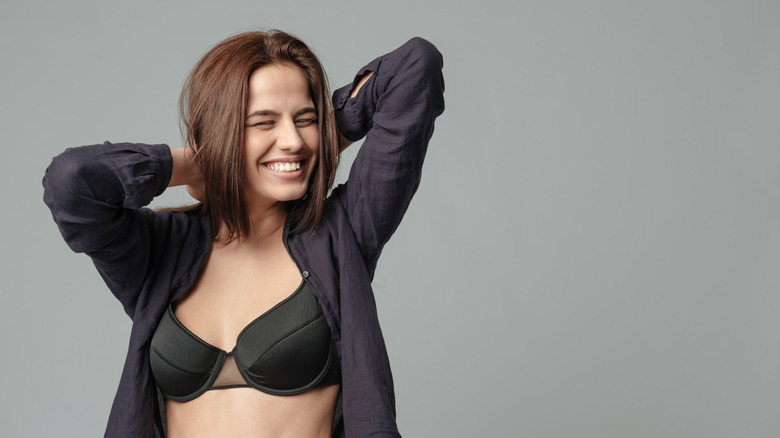How Women's Bras Have Evolved Over Time
A lot of women hate wearing bras, but today's bras are nowhere near as bad as other garments that women have used for support throughout history. The modern bra is positively freeing compared to corsets and far superior to the bras of a hundred years ago.
Today, bras are considered a fashion necessity. Not only are they designed to be attractive and stylish, but they also provide support. The garment has come a long way from its ancient origins.
Old school bras
Many of our female forebears went blissfully braless. It was common in many ancient cultures for women to go around totally exposed. Those cultures that covered their upper halves usually didn't wear much in the way of undergarments.
While not wearing a bra might sound comfortable, it didn't offer much in the way of support. It's not too surprising, then, that some of the earliest bras popped up in ancient Greece. The ancient Greeks prized physical fitness and women often competed in athletics, and these athletic ladies needed some support.
Bras in ancient Greece were primitive, consisting of nothing more than a band of cloth wrapped around the breasts and pinned or tied in the back. The ancient Romans would also wrap their breasts when they found themselves in need of support.
Confining corsets
It wasn't until the Renaissance that specially crafted support garments became widely used. By the 16th century, women found themselves encased in restrictive corsets.
Early corsets were just stiff enough to provide support and help shape a woman's figure, but still allowed for considerable freedom of movement. Over the years, the garment became more and more confining. By the Victorian era, the primary function of the corset was to compress a woman's midsection, giving her an hourglass figure. To accomplish this, the garment would be very tightly laced, causing great discomfort.
According to NPR, doctors blamed these cage-like garments for myriad health issues "ranging from fainting spells to muscle atrophy, while feminists attacked them for restricting women, both physically and symbolically." Still, corsets remained the fashion for centuries, despite the discomfort which they caused.
Designing the modern bra
By the 19th century, people were looking for a change. In 1859, just before the American Civil War broke out, Henry S. Lesher was granted a patent for a bra-like metal contraption. Clara P. Clarke created a similar design in 1874, though her "improved corset" thankfully used fabric.
This was closely followed by a "bust supporter" made by Olivia P. Flynt in 1876. Flynt's design left some space for insertions to enhance the bustline; the desire for larger breasts is definitely not a modern one. Charles Moorehouse took it one step further in 1885 with his patent for an inflatable bra made from air-filled rubber cups.
Fortunately, none of these designs really took off. They were either too cumbersome for comfort or just plain ridiculous. The patent office may have acknowledged these forerunners to the modern bra, but women were not having it. So who can we thank (or blame) for the modern bra?
Herminie Cadolle
Historians are a bit split on who, exactly, designed the first modern bra since so many people were eager to replace the corset as the female undergarment of choice. Many attribute the inventor of what we now know as the bra to French lingerie designer Herminie Cadolle.
Cadolle was a feminist fed up with the undergarments of the time. Determined to revolutionize the industry, she created a two-part garment which consisted of a bra-like top. She didn't completely do away with the corset, though, but did design a less restrictive one that covered just the waist and rear. While that still sounds pretty confining, it did at least make it easier to breathe by freeing the rib cage. The top half would soon become more popular than the bottom half (no surprise there) and soon it was being sold by itself.
By 1905, many European women were opting for Cadolle's soutien-gorge instead of the corset. Her fashion house flourished, and her descendants are still running the boutique she started more than a century ago.
Mary Phelps Jacob
Across the Atlantic Ocean, a young debutante named Mary Phelps Jacob was tired of being confined by her whalebone corset. Unable to bear the thought of attending yet another dance where her movements were restricted, she sewed together a couple of handkerchiefs. Jacobs said that the makeshift bra "was delicious. I could move more freely, a nearly naked feeling, and in the glass I saw that I was flat and proper."
After her friends admired how freely Jacobs was able to move around the dance floor, the 19-year-old began making more bras for Manhattan's elite using elastic bands. They became so popular that she filed a patent, receiving it in November, 1914.
The first brassiere
While there had been many forerunners to the bra, Mary Phelps Jacob's invention was the first to be called the "brassierre" and was truly the beginning of what would become the new standard in women's undergarments.
Jacobs described her "backless brassiere" as being unique as it "has no back and therefore does not interfere with any design of evening gown that may be chosen." Her design was set apart, "characterized by extreme simplicity by freedom from bones so that it may be finished with laces or embroideries for wear beneath a sheer waist or diaphanous gown." Jacobs' bra was also "comfortable and cool," "efficient" enough that a woman would be supported even if she "engaged in violent exercise such as tennis."
Warner Brothers
Jacobs marketed her bra under the name Caresse Crosby for years. Unfortunately, while there was an initial demand for the product, Jacobs did not market her bra well. According to a feature in Time, she later sold her patent to Warner Brothers Corset Company for $1,500, the equivalent of $21,000 today.
Jacobs was happy with the sale, but not as happy as Warner Brothers. The company would go on to make $15 million from Jacobs' design. Jacobs later said in the same Time article, "I can't say the brassiere will ever take as great a place in history as the steamboat, but I did invent it."
Maidenform
From there, the bra really took off, especially after WWI led to a shortage of the metal needed to make corsets. Russian immigrants Ida and William Rosenthal started the Maidenform Brassiere Company in 1922 and began mass-producing bras. The Rosenthals made some significant changes to the design, most notably the invention of separate cups for each breast in various sizes.
The Rosenthals also patented an "uplift" bra in 1927. Other innovations include the first training bra. Maidenform sold millions of bras and is still in business today.
The first sports bra
The first modern sports bras were made from another support device: the jock strap. Two avid joggers, Hinda Miller and Lisa Rosenthal were unhappy with the amount of support regular bras provided them while they were running. To help them rectify the problem, Miller and Rosenthal designed the Jogbra out of two jock straps stitched together. Invented in 1977, a year later they had made $3,480 selling the Jogbra and had turned a profit of millions by 1997.
The invisible bra
It didn't take long for women to become disenchanted with the bra. While early designers like Jacobs and Cadolle were free-thinkers who were trying to free women of corsets, women of the 1960s saw bras as being just as oppressive as their grandmothers had found corsets.
The rise of the women's liberation movement led to women veering away from traditional gender roles. Many women burned their bras, as a symbol of their independence. This led to a demand for more discreet bras, like the "Invisible Bra" sold by Warner's in the late 1960s.
A fashion statement
By the 1980s and 1990s, bras were no longer just about practicality but became a fashion statement in their own right. They became a symbol of sensuality and femininity, thanks in part to Madonna whose fashion sense helped to popularize "structured" lingerie.
The Wonderbra arrived in the United States in 1994. It had been a bestseller in Europe for 30 years but international licensing agreements prevented it from being sold in the U.S. until then. The arrival of the Wonderbra sparked something of a fashion craze in the country, cementing the bra as one of the most iconic garments of the 20th century.
Bras aren't going anywhere
Today, bras are worn all over the world. Their popularity has created a multi-billion dollar industry that has revolutionized how what women wear and how they move. Designs evolve rapidly to keep up with changing fashions.
While some people think that the bra has seen its heyday, it doesn't look like the garment is going to be replaced anytime soon. In fact, the bra is more popular than ever, with 95 percent of women in Western countries wearing the undergarment. Love it or hate it, the bra is here to stay.
